Despite the strong impact, no major dike sections have been breached to date - a testament to the timely response and dike protection efforts of local forces, especially in Bac Ninh, Thai Nguyen and Hanoi . However, lessons from storms No. 9, No. 10 and No. 11 show that it is necessary to clearly recognize the particularly complex nature of the situation as climate change becomes increasingly severe, as well as the urgency to increase response measures and protect the dike system.
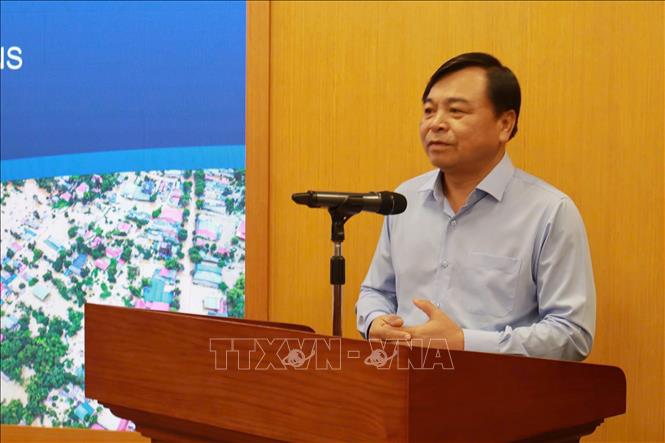
According to the report of Deputy Minister of Agriculture and Environment Nguyen Hoang Hiep at the meeting of the Government Standing Committee on overcoming the consequences of storm No. 11 and post-storm floods on October 9, this is one of the serious natural disasters. Many areas suffered all of the above natural disasters, leading to the phenomenon of double natural disasters: storm on storm, flood on flood, flash floods, landslides, especially in the mountainous provinces, midlands of the North, North Central, seriously threatening the safety of the traffic system, dykes, dams, especially the works that have just been handled in the first hours, temporarily repaired.
Regarding dykes, there were 23 incidents in Thai Nguyen, Bac Ninh, and Hanoi provinces (Thai Nguyen 2; Bac Ninh 20; Hanoi 1), in which the Cau River dyke in Thai Nguyen city (old) and many other locations on Cau River and Thuong River overflowed, and local authorities mobilized forces to prevent overflow. At 2 a.m. on October 8, a 20-meter-long section of the dyke broke in Tien Luc commune, Bac Ninh province, causing flooding in 10/61 villages of the commune.
Deputy Minister of Agriculture and Environment Nguyen Hoang Hiep further emphasized that there were 23 dike incidents in Thai Nguyen, Bac Ninh and Hanoi provinces on Cau River and Thuong River, but up to this point, no main dike has been breached, despite historic floods, because thousands of people from various forces, especially the army and police, are on duty and implementing dike protection measures.
"We are holding on and now that the water has started to recede, the main dike will definitely be safe, but the surrounding dikes and side dikes are all overflowing," said the Deputy Minister.
Regarding information on social networks, which is often briefly described as "dyke break" and causing confusion among the public, Mr. Nguyen Van Hai, Department of Dike Management and Natural Disaster Prevention, Ministry of Agriculture and Environment, said that information reflected by people and the press is very necessary, however, there are technical factors that need to be conveyed accurately to avoid causing confusion among the public.
Mr. Nguyen Van Hai also clarified the type of dyke or dike. These are dykes that only protect a small area, built to protect the area outside the riverbank (not the main dyke). These dykes are only designed to withstand floods at level II. When the water level exceeds level II, overflowing is expected.
“Therefore, if there is an incident with the dyke or the dike bank, the scope of influence will only be limited to a few small areas outside the main dike. The main dike - the dike line belonging to the central system - has the role of absolute protection for the residential areas inside. Therefore, people need to understand clearly to distinguish and not be too worried when hearing information about dike breaks without clear technical basis,” Mr. Nguyen Van Hai emphasized.
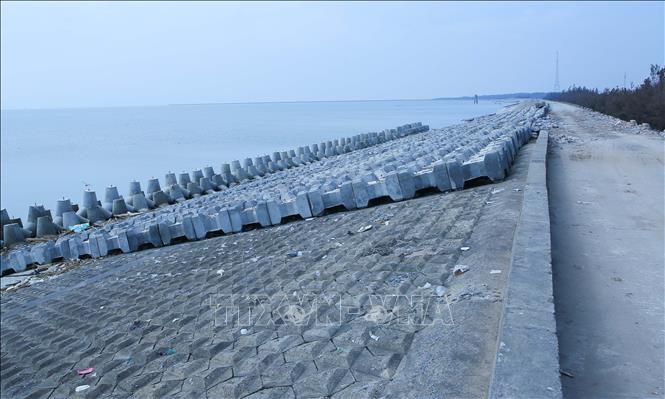
According to the Ministry of Agriculture and Environment, on the sea dykes and river dykes of the provinces from Quang Ninh to Hue, there are 62 key locations of weak dykes. The sea dykes are currently designed to withstand storms of level 9-10, tides of 5%; there is a high risk of being unsafe when storms of level 12, gusts of level 15 (exceeding the design level).
Regarding the key dike routes, right from the meeting on October 3 to deploy responses to storm No. 11 (storm MATMO), the leaders of the Ministry of Agriculture and Environment reminded localities to pay attention to reinforcing and ensuring safety for key locations of key dikes, which were damaged by storm No. 10 and dike routes facing the sea, with low dike elevations in Quang Ninh, Hai Phong, Hung Yen, Ninh Binh, Nghe An, Ha Tinh... and dike and revetment projects under construction.
As pointed out by the Ministry of Agriculture and Environment, natural disasters have occurred in succession and are particularly fierce, with many unusual factors, exceeding historical levels, occurring on a large scale, especially floods on floods, which are the objective causes of great damage to people and property. Along with that, the level of investment in disaster prevention infrastructure (dyke systems, dams, forecasting, warnings, etc.) is not enough to withstand the devastation of natural disasters and floods.
According to Deputy Minister Nguyen Hoang Hiep, the immediate solution is to proactively mobilize local resources and other legal capital sources to urgently repair and restore dike and irrigation works... In the long term, it is necessary to review institutions and policies, propose tasks and arrange resources to organize implementation, be ready to respond to natural disasters and heavy rains and floods, ensure safety and sustainable development, especially in the fields of agriculture, dikes, irrigation, telecommunications, electricity, urban infrastructure works; protect flood escape spaces in river basins and riverbeds according to the provisions of the Law on Dikes and Resolution No. 24-NQ/TW to protect flood escape spaces in river basins and riverbeds, first of all for the Red River, Cau River and other large rivers. At the same time, with the repair, upgrading and renovation of the dike system, irrigation reservoirs, especially key key dikes; Strengthen and upgrade river dykes to ensure they can withstand historic river floods...
On the afternoon of October 8, while inspecting and directing the recovery of flood consequences in Bac Ninh, Deputy Prime Minister Nguyen Hoa Binh also directed the urgent organization of dike protection work, ensuring the safety of dikes and dams. After the flood, localities have plans to raise the dike surface after the recent historic flood to ensure the safety of the dike system.
Source: https://baotintuc.vn/xa-hoi/giu-vung-de-dieu-trong-thien-tai-kep-20251009214958962.htm




![[Photo] President Luong Cuong attends the 80th Anniversary of the Traditional Day of Vietnamese Lawyers](https://vphoto.vietnam.vn/thumb/1200x675/vietnam/resource/IMAGE/2025/10/09/1760026998213_ndo_br_1-jpg.webp)
![[Photo] General Secretary To Lam visits Kieng Sang Kindergarten and the classroom named after Uncle Ho](https://vphoto.vietnam.vn/thumb/1200x675/vietnam/resource/IMAGE/2025/10/09/1760023999336_vna-potal-tong-bi-thu-to-lam-tham-truong-mau-giao-kieng-sang-va-lop-hoc-mang-ten-bac-ho-8328675-277-jpg.webp)
![[Photo] Prime Minister Pham Minh Chinh chairs a meeting of the Government Standing Committee on overcoming the consequences of natural disasters after storm No. 11](https://vphoto.vietnam.vn/thumb/1200x675/vietnam/resource/IMAGE/2025/10/09/1759997894015_dsc-0591-jpg.webp)



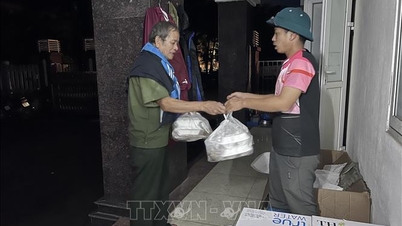
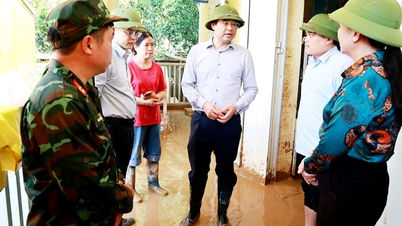



















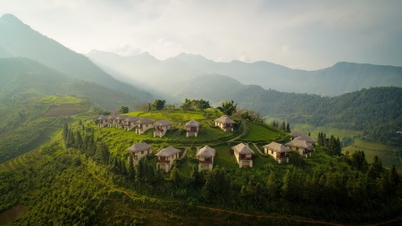



































































Comment (0)